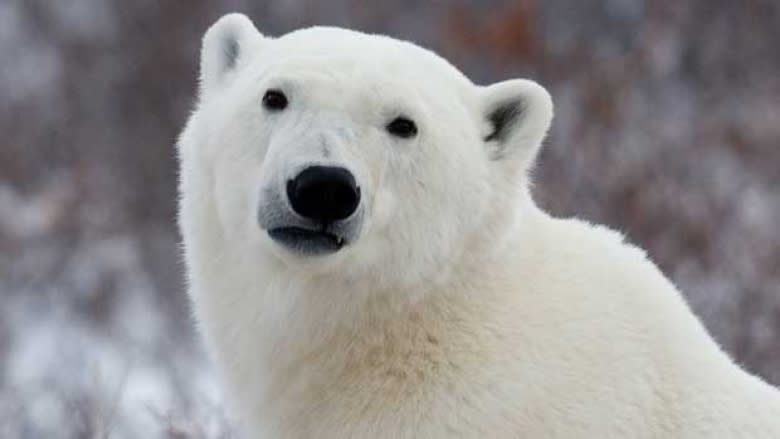 Daily Brew
Daily BrewOne in six species at risk under climate status quo: study

Without action to reduce human-caused climate change, as many as one in six species will be risk of extinction, says a new study.
The risk of species loss will accelerate as global temperatures increase, says Mark Urban, the study author from the Department of Ecology and Evolutionary Biology at the University of Connecticut.
The tropics of South America will be the epicentre of loss, says his analysis, published in the Science Magazine. Twenty-three per cent of species on that continent are in jeopardy of disappearing under the worst-case-scenario that greenhouse gas emissions continue uncurbed.
Australia and New Zealand are next, each with 14 per cent of species in danger.
“I found, as you might expect, that the extinction risks increase with the amount of temperature rise that the earth would experience,” Urban tells Yahoo Canada News.
But while North America has the lowest predicted extinction risk as a continent – five per cent of species - Arctic Canada is at elevated risk, says Urban, who has studied the impact of climate change in the circumpolar region.
“We know that the Arctic is warming faster than most places on the earth,” he says.
His analysis gathered 131 studies carried out on specific regions or for specific species to provide a global look at species at risk. He did not look specifically at the Arctic as a separate region.
“I expect if that was the case, you would see some higher risks as well,” he says.
The study says six per cent of Europe’s species are at risk. Data on Asia was extremely limited, Urban says.
A call to action
“We urgently need to adopt strategies that limit further climate change if we are to avoid an acceleration of global extinctions,” says the study.
In December, global leaders will meet in Paris at a United Nations climate change conference to discuss – and hopefully agree – on limiting greenhouse gas emissions.
“We have a real opportunity there to decide where we want to be on this curve of extinction risk,” Urban says.
At present, with a mean increase in global temperatures of 0.8C, 2.8 per cent of species are at risk of extinction. With a 2C increase, it climbs to 5.2 per cent and at 3C, the risk is 8.5 per cent.
It is if we continue with business as usual, with no reduction in greenhouse gas emissions, that the risk will be 16 per cent – one in six species.
“There’s probably no chance that we would maintain the current temperature of the earth, just given the inertia of the system and the fact that we haven’t, as a world yet, reduced our emissions to sufficient levels,” he says.
“Most people are hoping to try to agree on a 2C rise as a maximum, stabilize at that, but most experts don’t believe that we can even do that at this point.”
Meanwhile, Urban says scientists need better and more sophisticated modelling to calculate the risk that climate change poses.
The studies he looked at varied widely in their approach, including differing levels of future climate change, and came up with extinction risks that ranged from zero to 54 per cent.
And once the species most at risk are pinpointed, conservation strategies need to be put in place, he says.
“There’s no time frame for when those extinctions will occur. That may be one of the more positive aspects, is that we do perhaps have some time to start to implement measures to protect those species that are starting to decline,” he says.


